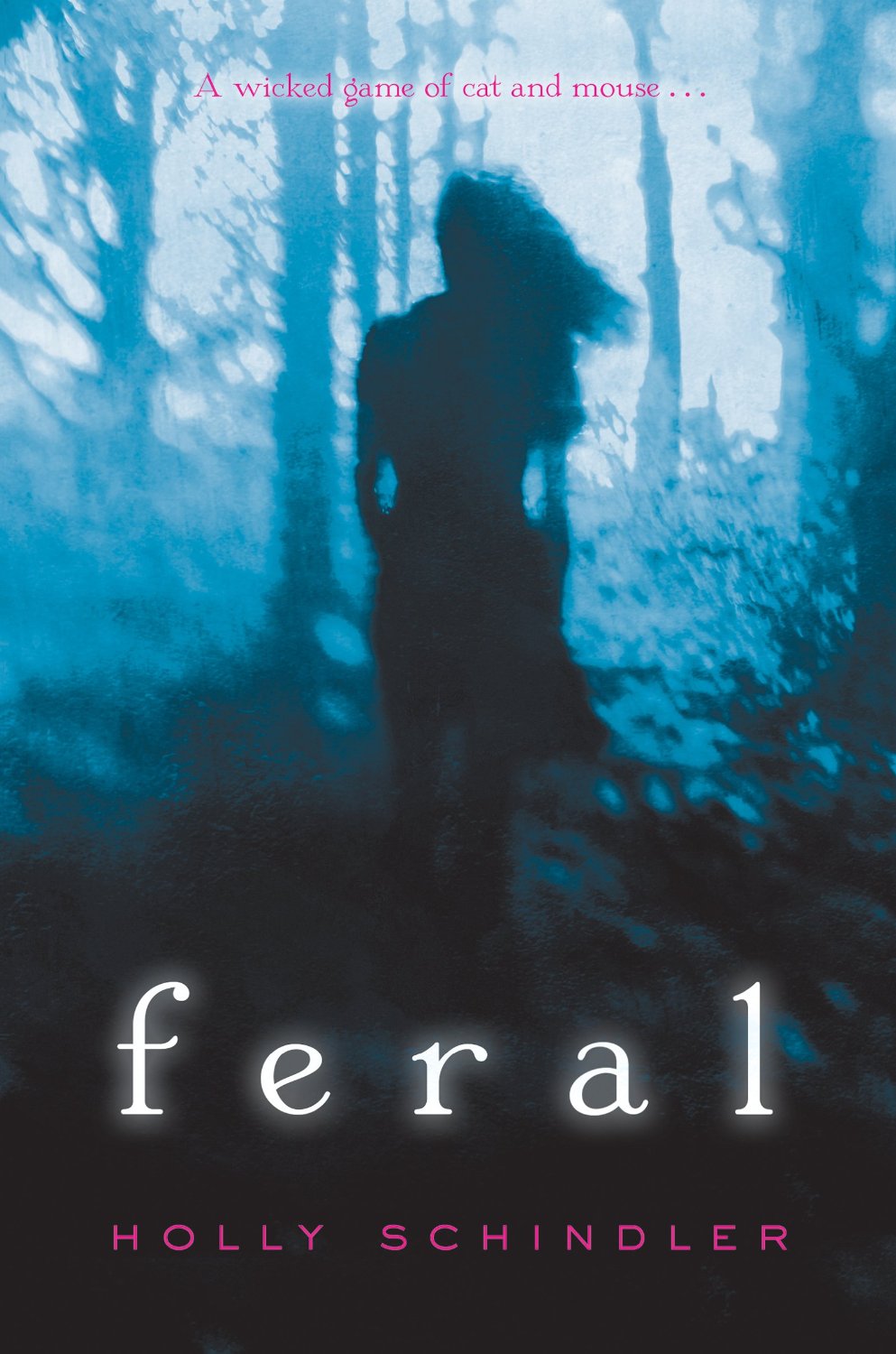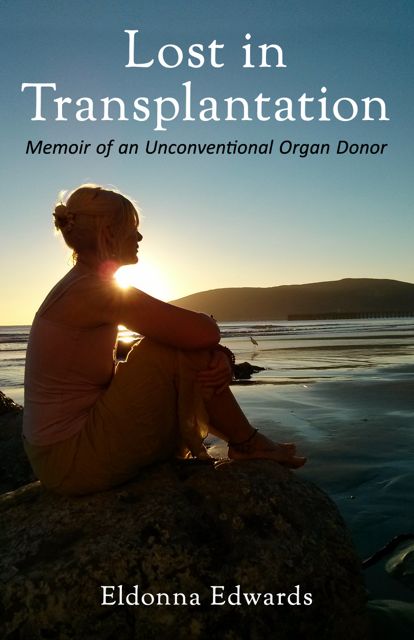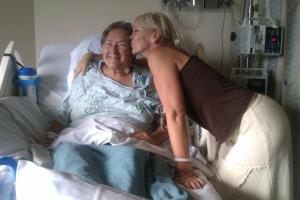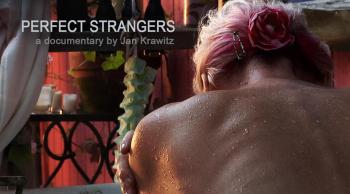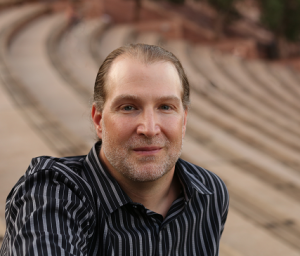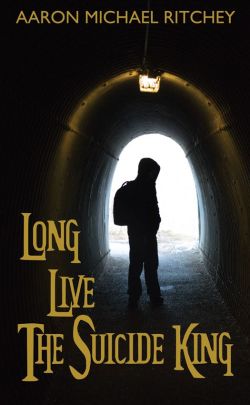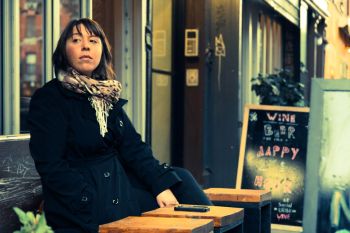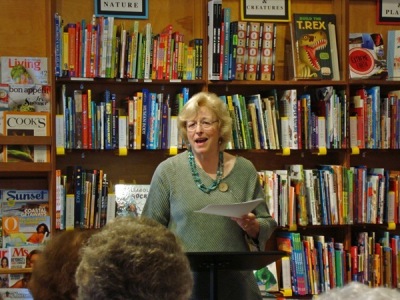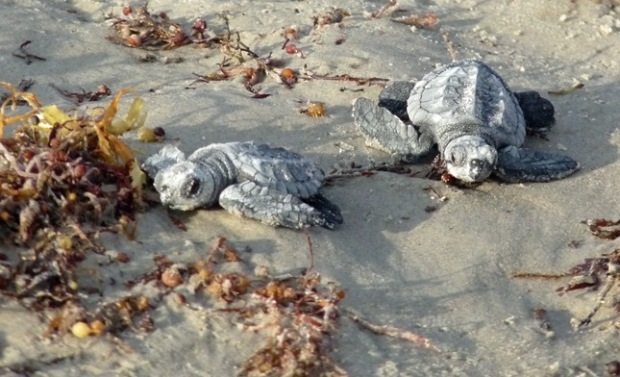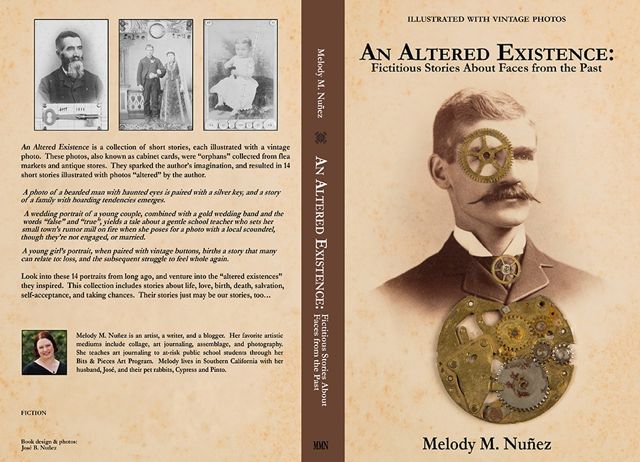Better than Blurbs: Nobody's Girl by Barbara Amaya
Catherine Ryan Hyde
Because I no longer write blurbs, but still very much want to help other authors, I've launched a blog series called Better Than Blurbs. The authors and I have in-depth discussions about their books, which I hope will help readers identify whether they'd enjoy reading them.
This is the fifteenth post in the series. The author is Barbara Amaya, and the book is an important memoir about a very serious subject. It's called Nobody's Girl.
Me: Barbara, please tell us about the book, and the experiences that led you to write it, in your own words.
Barbara: Writing this book has meant so very many things to me. During my life the few people who heard snippets about my past have each said to me 'you should write a book!' A lot easier said than done, at least for me.
Nobody's Girl is about the many years I spent growing up in the streets of New York and Washington D.C. while I was under the control of a vicious human trafficker and his criminal associates. It's a cautionary tale for potential victims and a story about overcoming adversity and the strength of the human spirit.
I believe inside each of us is the ability to change our lives and also make differences in the lives of others. If you would have asked me two years ago if I believed that, I would have said no. I feel I have a responsibility to share my story in hopes that it can help others. One element of the criminal world of human trafficking, and of any atrocity against fellow human beings, is silence. I will never be silent again for me sharing 'my story' and speaking out is a real statement, of saying I've found my purpose and taken my life back.
Me: This was one of the most striking aspects of your book, in my mind: You managed to pull yourself out of your abusive circumstances, but in many ways that was not the turning point in your story. The turning point seemed to be the moment when you saw a news story about human trafficking. That seemed to change your whole perspective of what had happened to you. There was a name for it, and others were going through it. Then you realized it was not your fault. I mention this because I feel it makes your book a very important one, as you’ve shown that the very act of shedding light on this issue can prove redemptive. What is your biggest dream for the book and what do you hope you can accomplish in the lives of vulnerable young girls?
Barbara: One of my greatest hopes is that my book will reach vulnerable populations and the people who work with them. And that while Nobody's Girl serves as a cautionary tale and it touches people. That it shows readers that it is possible for us all to experience great change in our lives. That transformation can happen and that within all of us the will to move beyond just surviving and onto really finding and living our purpose is waiting to begin.
Part of the problem is that victims do not self identity as victims incredible as that sounds. It shows how expert the manipulation and exploitation of traffickers is as they prey upon their victims. And is exactly what happened to me.
Me: People in our society seem to want to blame the victim. I think it makes them feel a thing like this could never happen to them or their loved ones, when of course it could. Have you had experiences with victim blaming as you’ve shared your story? Do you anticipate any in response to this book? How will you handle that?
Barbara: Sure I think when people don't clearly understand something, or are afraid of it they sometimes blame the closest person: the victim. No one wants to think something as horrible as abuse or the horror of being exploited and trafficked for monetary gain could happen to themselves or their loved ones. Sadly it happens every day right here in the United States. The thing is, human trafficking happens to vulnerable people whether it's a 35-year-old man desperate to fed his family whose needs are preyed upon or a 12 year old run away like I was, who is seeking love and understanding and those needs are met in a twisted way by a human trafficker. What I mean is traffickers know how and who to target, and without education and awareness victims will continue to be exploited. I've had people ask me why I would choose to share my story now and my reply is I chose to never ever be silent again. Silence is a great part of the problem and I believe it needs to be broken.
Me: How hard is it to publish something this personal? What are your hopes and fears as it makes its way out into the world? What drove you to overcome those fears?
Barbara: Wow it's so hard! And the closer I get to launching my book it seems the more afraid I get! Just writing some of the text especially the first chapter about my early abuse was terribly hard for me to get onto the page. I had to push forward and keep telling myself this book needed to happen so it could get out there and hopefully help others. I still have fears they are not all gone! But I hope that readers will feel my intent and that this book really helps people understand the form of human trafficking I experienced. Just thinking about who I could help kept me moving forward. One of my fears is that people won't 'get' my intention on writing this book. I can't stand the term misery memoir, my book is so far from that. Far from being miserable it is a story of transformation of going from being completely beaten down so many times and somehow rising up and moving forward. So I hope readers get that.
Me: When I was a young girl in school (I can now see, looking back) I was programmed to accept abuse from my peers. I had low self confidence, and other kids could see it and feel it, and they pounced on it. People I had never met would tease and torment me in ways that bore a striking resemblance to past abuse. So I understand at a deep level the way we can be “set up” at an early age. When you’re in the middle of that, it’s nearly impossible even to see it, let alone find your way out. So I understand that aspect of human nature, and this next question does not come from my own doubts. But some who read the book may expect the kind of human trafficking in which a girl is kidnapped and literally held captive. What do you say to those who ask why you didn’t run away?
Barbara: This is a great insight and a good question! One I love to answer when I do presentations about human trafficking. Why don't they just leave? Why did you stay? How is it possible you were trafficked for ten years? I am not a doctor but I do my best when I get these type of questions to share what I have learned about what I went through mentally during the years I was being trafficked. I was experiencing the same things that those who experienced Stockholm Syndrome experience, it's called trauma bonding when a captive bonds with their captor. The same thing happens when during domestic violence when a battered and abused wife stays with her husband. Why doesn't she just leave? She cannot explain it but she feels compelled to stay. I was a child when I was exploited and manipulated and inside I was scared and reacted like the child I was. During the trauma and violence I began to bond with my captor, my mental captor. I did sometimes try to run away but would find myself returning either by force or of my own accord. The mental chains he put in place were stronger than any metal chains would ever have been.
Me: Who, if anyone do you still blame? And what advice would you give to parents who want to raise their girls to be safe in this world?
Barbara: Sadly I feel we as a society are to blame. Human trafficking is about supply and demand bottom line. And until we teach young men and boys how to love and respect themselves and the women in their lives, there will be men who grow up and think they have the right to 'buy' a woman. Until we learn that we are all connected by our very humanity, that we must all love and respect each other enough to believe fellow human beings should not be bought, sold and exploited for financial gain there will be victims and traffickers to exploit them. I have had to let go of anger and blame especially blame for my mother, and it's been a long journey doing so. I know now that she was only doing the best she knew how to do.
Learning to stop blaming myself has been even harder, but today I finally understand I was a child and I was preyed upon and it was not my fault.
I would tell parents to arm their children with self love and self esteem so that they are not vulnerable to the type of trafficking I experienced. Human traffickers prey upon those they consider weaker than them, a child with high self esteem is harder to coerce and control than one such as I was at age 12. I was pretty much a walking target with non-existent self esteem.
Me: What’s next for you? Do feel you have one book in you and this is it? Or can we expect more from you in the area of published work?
Barbara: This is not the end! I have actually published a graphic novel, The Destiny of Zoe Carpenter, and an accompanying Curriculm aimed at middle school age students and other readers. I wrote the book in hopes of educating young readers about human trafficking. The main character Zoe is a crime fighting super hero who along with her sidekick Carl discover their unique destinies and a powerful amulet that helps them fight the bad guys! ( I tried to be creative and hold young readers attention while also giving real facts about trafficking!) I am also working on a collection of short stories from my own life as well. Writing Nobody's Girl was difficult for many reasons, one was having to pick and choose what to include in the book. I pretty much grew up on the streets of New York and Washington D.C. From the age of 12. So many things happened that got left out of Nobody's Girl so I'd like to give my readers the rest of my stories in another book!
Me: Please ask your own question and answer it.
Barbara: I'd like to ask myself if I could go back in time and go through all of the trauma again would I?
That's a hard question to answer! I'd like to say of course I would go back and go through it all again because it all made me the person I am today, someone who has the ability and compassion to help others so they never have to live through what I have. And that's mostly true. I honestly don't want to change who I am today, I just wish that my younger self didn't have to suffer so much horrific trauma and that she didn't have to lose so much time as she found her way and purpose in life. I do feel that I've taken my life back and I know I'm helping others. My greatest hope is that my book gets into the hands of those who will benefit from reading it the most.
Me: The book is being released in May, but I'm posting this blog interview now because you can currently purchase the book at Animal Media Group. You can learn more about Barbara and her books on her website.






